Educational play is so powerful that a student does not experience or see the activity of learning as work or simply not fun. Hearing a student say “I don’t want to go back inside for class!” after playing Mathematics games outdoors for a full hour on the Yalp Memo activity zone shows how amazing the results can be when creating the right conditions for educational play.
The Memo developed by Yalp, part of the Finnish based Lappset, started as a playground equipment product directed at Finnish primary schools, known for having one of the best educational systems in the world. Children here have little homework and there’s only a single mandatory test at the age of 16. Play is an essential child’s right in the Finnish Law on Early Childhood Education. It encourages 15 minutes of play for every 45 minutes of instructional learning. The expectations for a piece of playground equipment here are so much higher, to not only deliver on play value but also educational value. So how do you meet the wishes and desires of these highly revered educators? The key lies not only in the content but in how we create the perfect context for educational play.
By looking at worldwide educational systems, listening, and talking to many educators all around the world, we see that there are different methods and ways of teaching. 21st-century skills and STE(A)M are two often heard of teaching approaches on top of all the standard school curriculums and teaching methods. The content, order, and ways the topics are presented can be completely different even between two educators using the same methods. A fixed list or way to offer content is not the answer. Offering the content in a combination of physical, social, and free play with educational play as a result is.
Every year there is increasing proof that children learn better whilst being physically active 1 and that children who have the most to gain, benefit the most by active learning 2. Also having a physical product to play with activates different parts of the mind and accelerates memory recall. Combining learning with physical activities is therefore not only a gimmick but scientifically proven. In every game on our 5 interactive products, we incorporate some form of physical play. While playing an outdoor science quiz on the educational playset the Yalp Memo, players answer fun questions like “Why does a hot air balloon rise?”, and children are asked to sprint for bonus points between the more static parts of the game while they listen to the questions and answers. On the Sona Dance Arch, while remembering a number sequence, they jump on the right answer of the game floor to ‘break the code’. Or ‘jump on the number that rhymes with wait’ during our Rhyme game.
Simultaneously, social skills & interactions are a huge part of a child's development. A fourth of the twelve 21st century skills (social skills, collaboration, communication, leadership) are directly related to social skills and social interactions. Educational play quickly turns into social play. Children, for example, learn how to take turns, wait patiently and how to deal with conflicts while playing a stopwatch game on the Sona during which they make into their own athletic track over the playground. They learn how to deal with competition and rivalry while playing an intense 4 player Juggernaut soccer game on the Toro Sports Court. Obtaining different roles, collaboration and leadership are all part of a mathematics game where one student naturally takes the role of the “question announcer” and the others work together to touch the right answer as quickly as possible.
Communication between the students is the glue holding all these activities together, not only allowing students to brag about and compare their scores but also by giving each other tips and clues on what word to spell in the Memo's Spelling Bee games. Providing all these elements within the different games are highly valued by schools as demonstrated by the Rio Del Sol Steam School in Oxnard, California at which the Memo educational playset is not only used during recess but also actively during classes:
“The Yalp Memo allows students to learn through unstructured play, which helps them develop communication and negotiations skills between peers.”
- Rickey Koga, 2nd-grade teacher and tech champ at Rio Del Sol STEAM School
Unstructured or free play allows end-user to be flexible and to do what they would like to do, without there being a right or wrong. Game developer at Yalp, Christiaan Ribbens comments that this is the hardest type of play to incorporate in your product, especially when it comes to educational play. Lessons work in a particular order or normally contain some rules. Children who change to a different game every minute, try all the answers in a quiz or “interrupt” the game during a group effort, can sound like an undesired way of playing. However, on the Memo we completely embraced free play by giving users the chance to change a game, it's difficulty level or topic at any time, to be able to play as open-ended as possible. Instead of opting for a Mathematics game with all types of questions mixed, we’ve structured the Mathematics topics in different games. This allows children to pick the thing they would like to play (and learn), but even better allows teachers and schools to structure the topics that are relevant at that time. Every topic is divided into a maximum of 6 difficulty levels and keeping the number of choices low actually improves the experience. The fact that children keep playing multiple games, exploring different curriculum topics, and finding ways to ‘beat’ the system, shows flexibility, creativity, critical thinking, and problem-solving skills. Our online connection gives us the option to add different topics to the curriculum over time, to expand our spelling games with new word lists, and constantly balance the difficulty levels to perfectly match the end-users expectations and skill levels. It’s even possible to collaborate on the creation of custom-made content as was done by a Science Center in Denmark, who created their own quiz with 500 questions (in Danish) that relate to the topics they cover in their exhibits.
The right setup for educational play is a well-balanced and constantly evolving mix of content, placed in the right atmosphere for playful learning that keeps delivering positive results. What better way is there to learn the Roman alphabet, binary counting, counting to ten in Chinese, or converting mixed numbers into fractions while playing outdoors with your classmates?
Footnotes
1 Schaeffer, D., Krafft, C., Schwarz, N., Chi, L., Rodrigue, A., Pierce, J., … McDowell, J. (2014, 5 mei). An 8-month exercise intervention alters frontotemporal white matter integrity in overweight children. https://www.ncbi.nlm.nih.gov/pubmed/24797659
2 Drollette, E., Scudder, M., Raine, L., Moore, R., Saliba, B., Pontifex, M., & Hillman, C. (2013, 16 November). Acute exercise facilitates brain function and cognition in children who need it most: an ERP study of individual differences in inhibitory control capacity. http://europepmc.org/article/med/24309300
Mingli, L., Lang, W., & Shuqiao, Y. (2015, 9 Oktober). Dose-response association of screen time-based sedentary behaviour in children and adolescents and depression: a meta-analysis of observational studies. https://bjsm.bmj.com/content/50/20/1252
Co-Authors
Christiaan Ribben - UX/Game Designer at Yalp. Previously Rebellion. Credits Strange Brigade for PS4, Xbox One, PC. Evil Genius Online for Facebook, iOs & Android. Game journalist, tinker, boardgame enthusiast & pinball collector.
Alexa van de Wall - Online Marketing Specialist at Yalp. Co-founder Arnhem Onderneemt online community for small business owners. Sightseer, rock climber, nature lover and foodie.

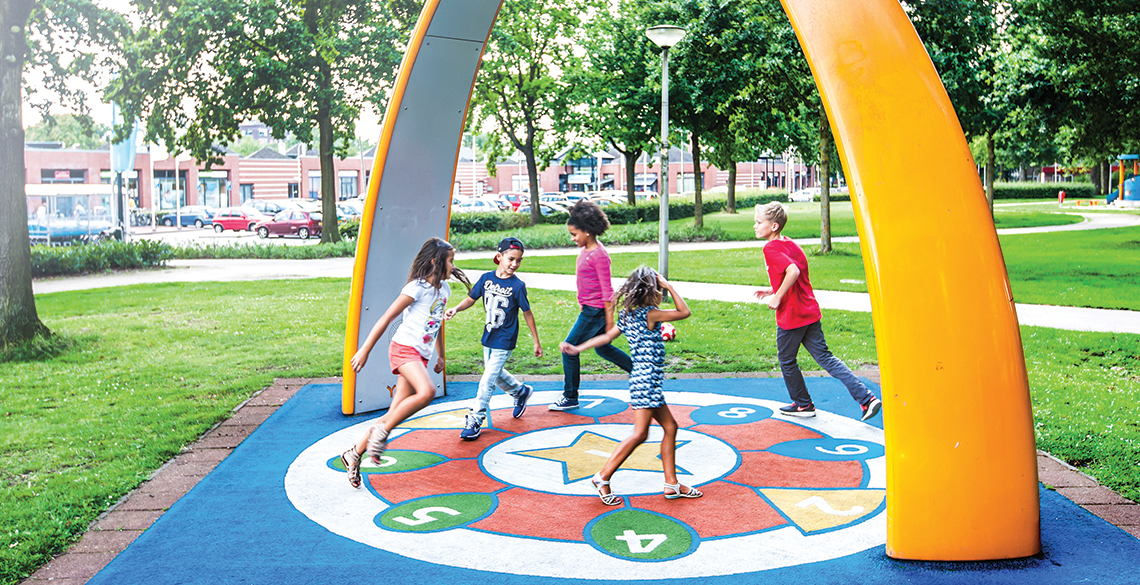
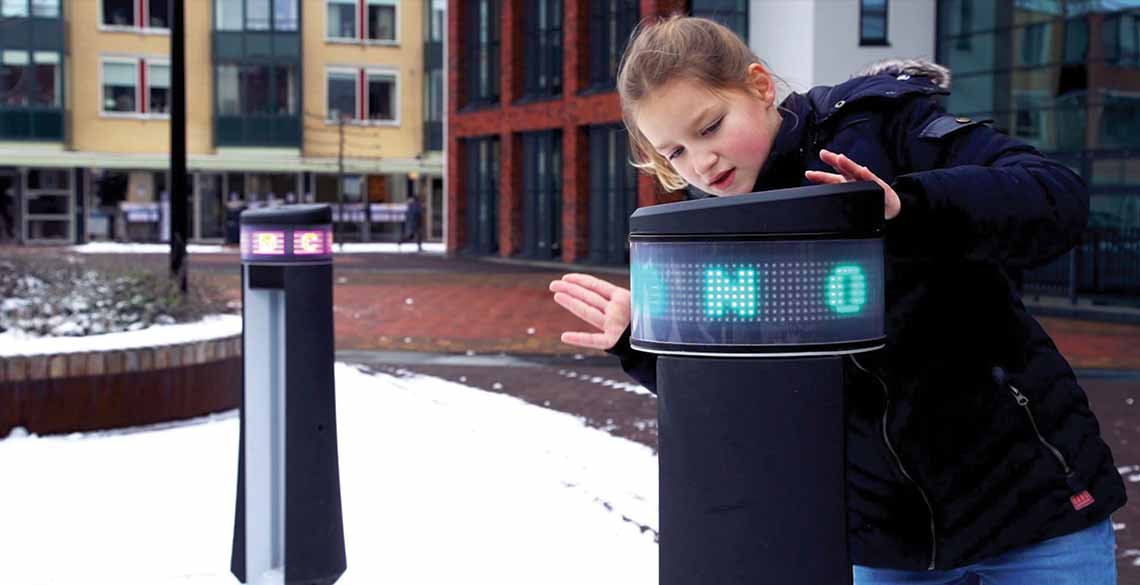
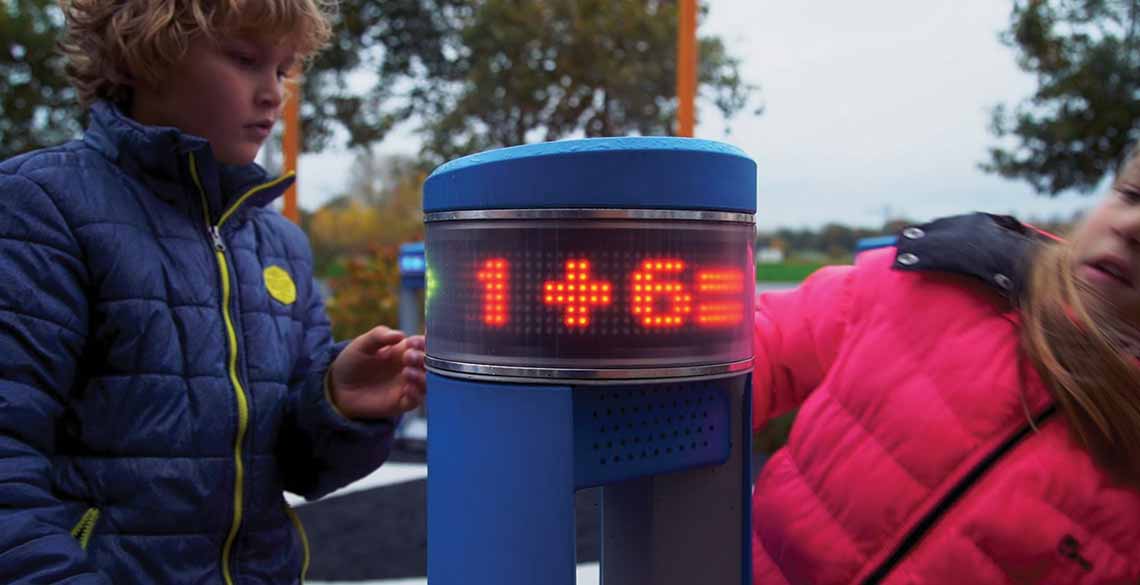

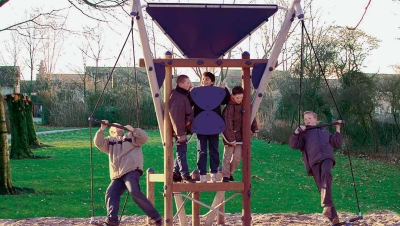
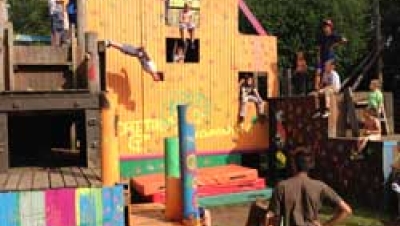






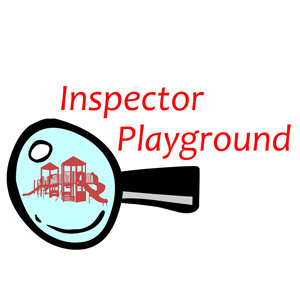
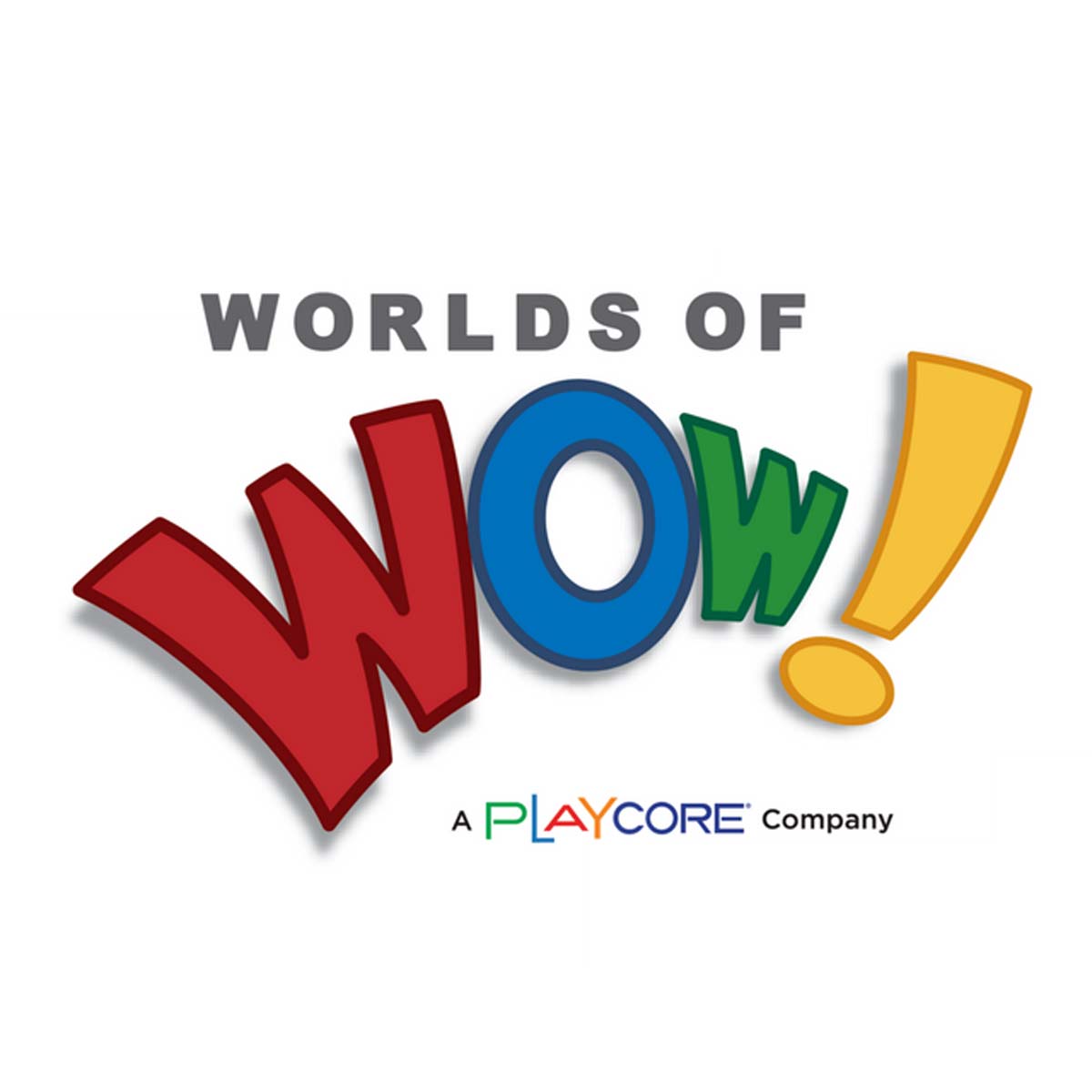

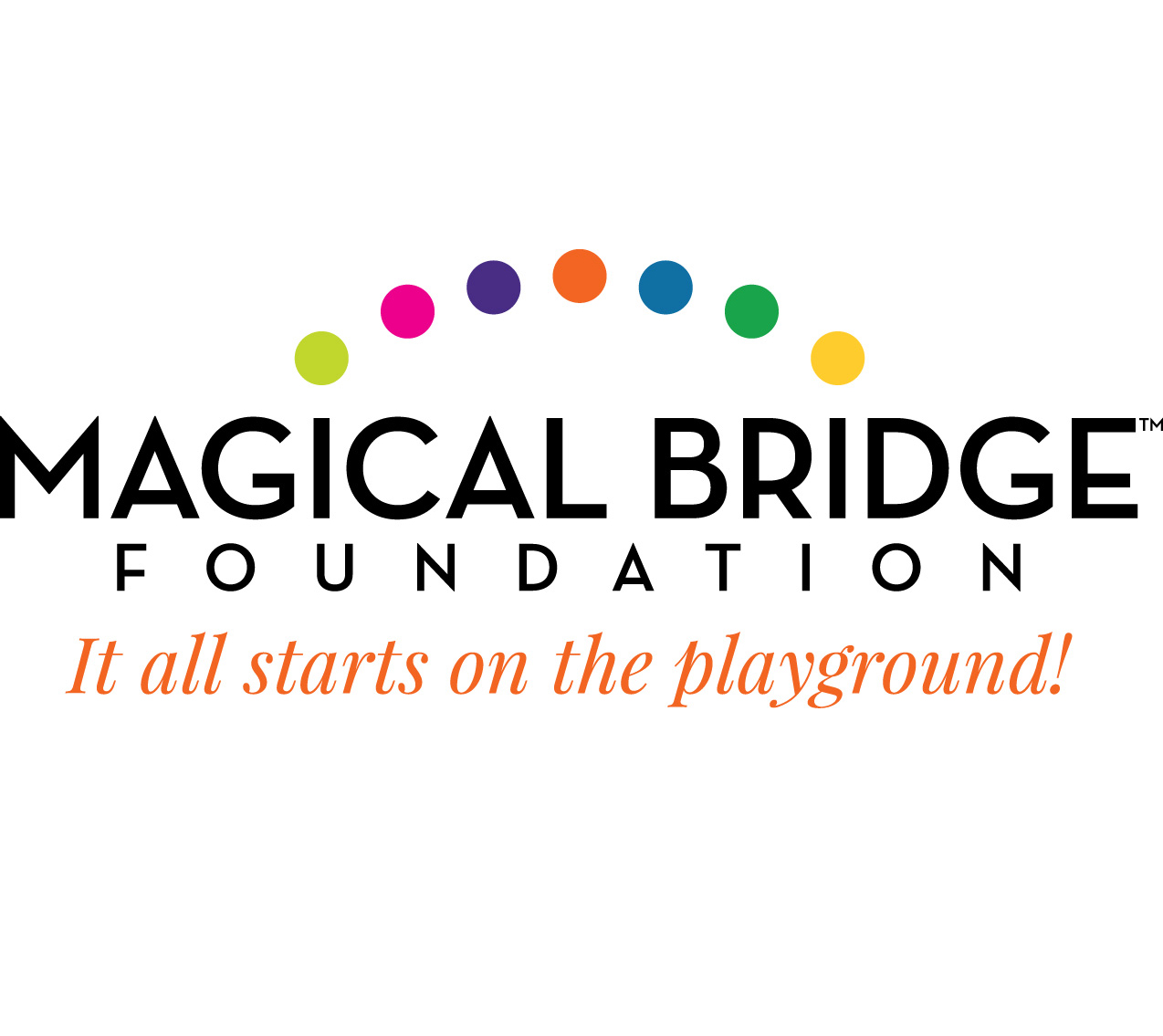
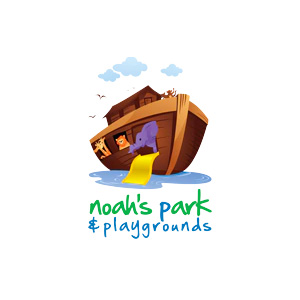
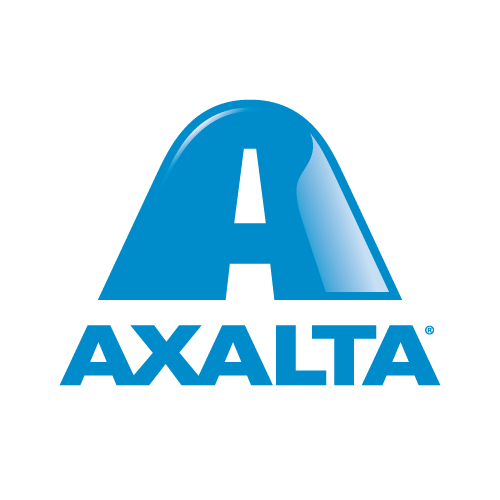
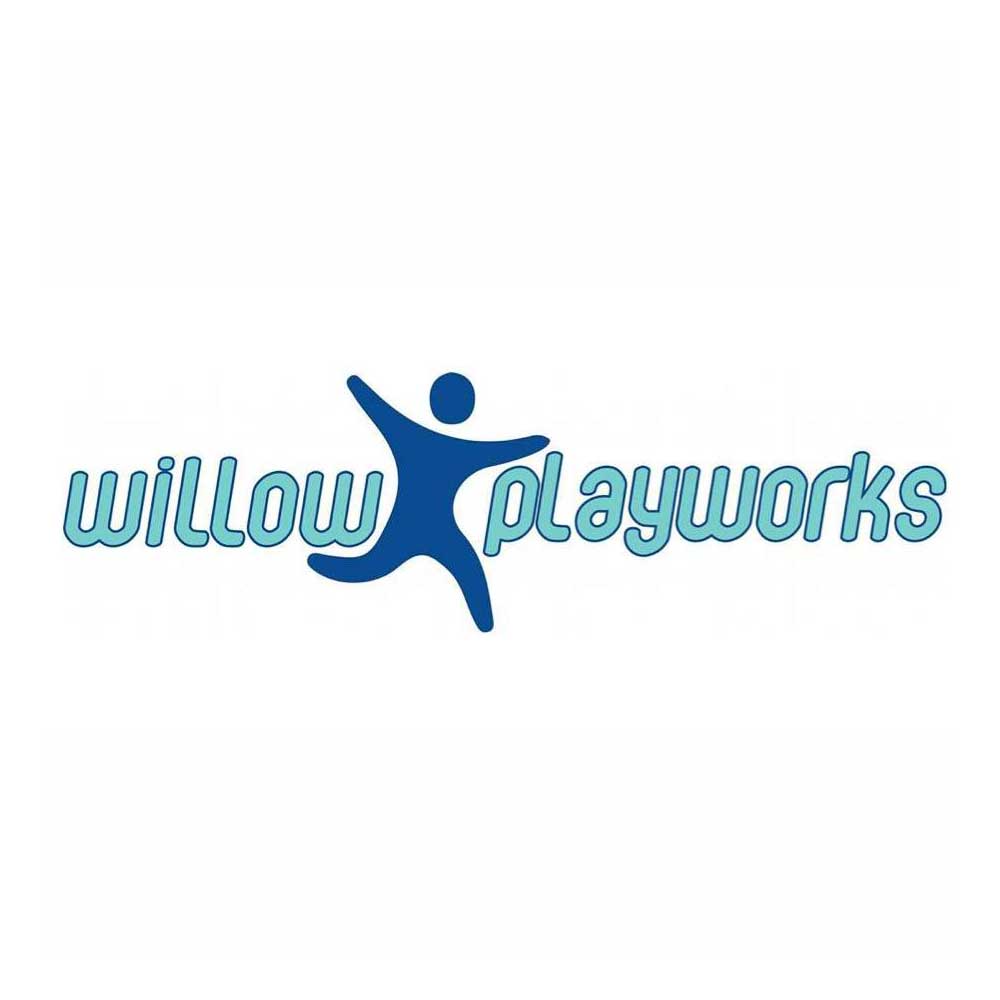

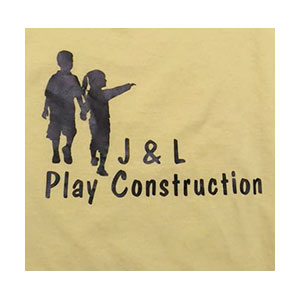
Add new comment